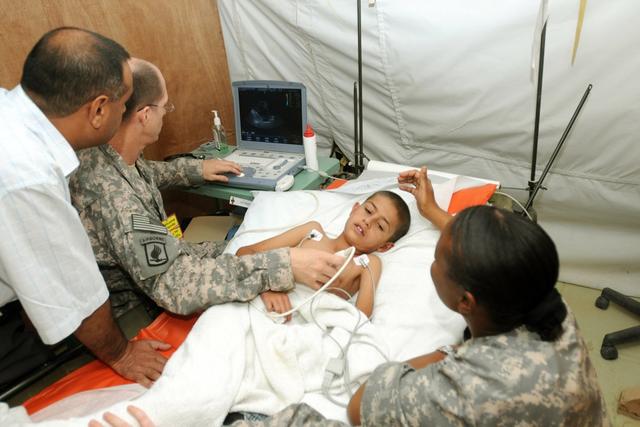Medical Transcriptionists
Overview

Introduction
Doctors and other health care professionals often make recordings that document what happened during their patients appointments or surgical procedures. Medical transcriptionists listen to these recordings and transcribe, or type, reports of what the doctor said. The reports are then included in patients charts or digital health records. Medical transcriptionists work in a variety of health care settings, including hospitals, clinics, and doctors offices, as well as for transcription companies or out of their own homes. There are ap...
Quick Facts
Median Salary
Employment Prospects
Minimum Education Level
Experience
Skills
Personality Traits
Earnings
Medical transcriptionists are paid in a variety of ways, depending on the employer or client. Payment might be made based on the number of hours worked or the number of lines transcribed. Monetary incentives might be offered to hourly transcriptionists achieving a high rate of production.
In January 2020, Salary.com reported that medical transcriptionists earned an average annual salary ...
Work Environment
Most medical transcriptionists work in an office setting, either at their employers place of business or in their own homes. They generally sit at desks in front of computers and have transcribers or dictation machines and medical reference books at hand. Home-based workers and sometimes even office workers must invest a substantial amount of money in reference books and equipment on an ongoing...
Outlook
The U.S. Department of Labor reports that employment of medical transcriptionists will decline by 3 percent through 2028. There will continue to be opportunities for medical transcriptionists because health care reform has given more people the opportunity to acquire affordable health insurance, which means an increase in patients and medical reports. Also, people are living longer and they wil...
























